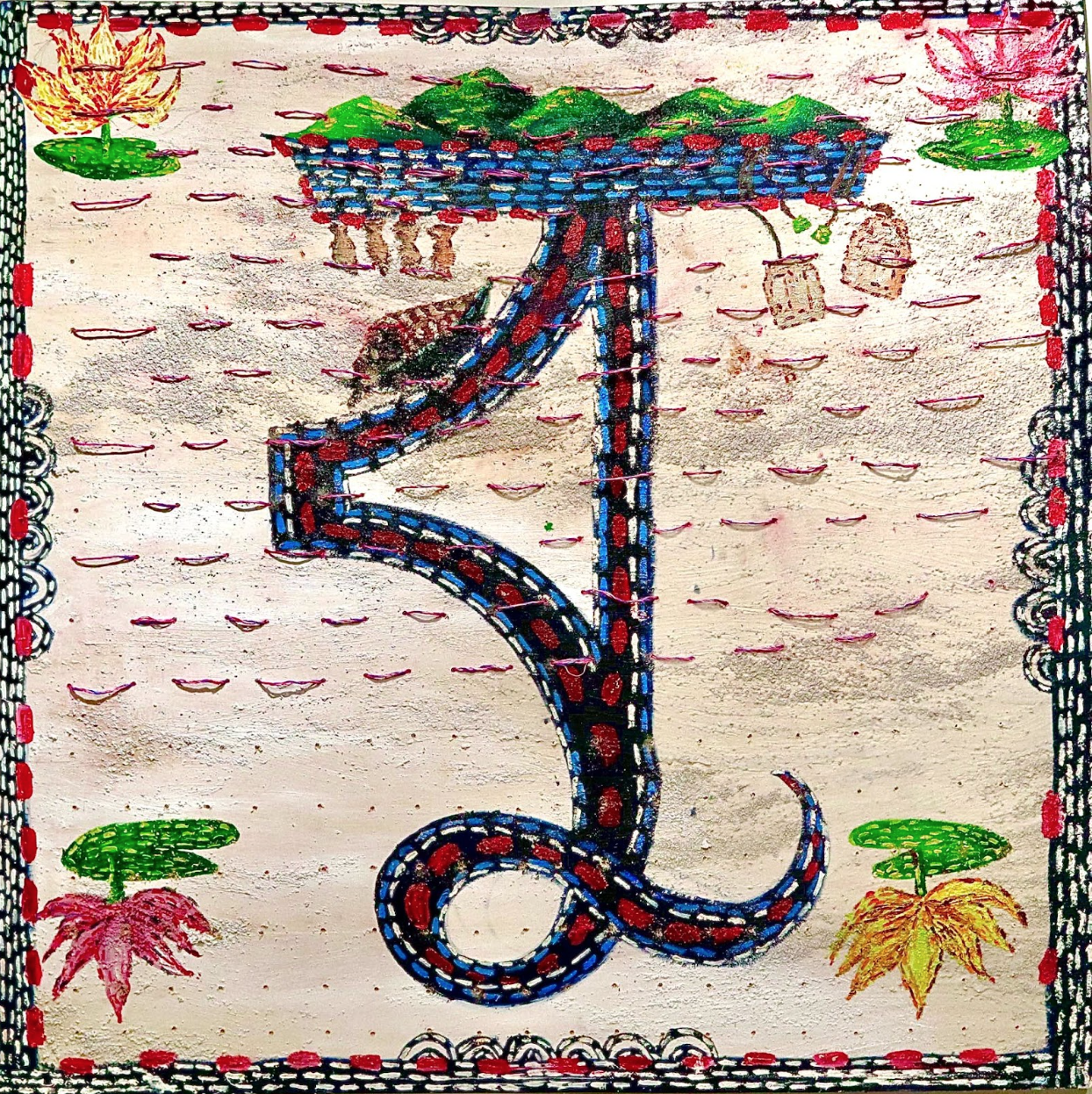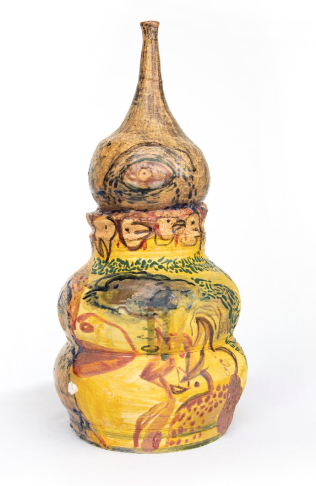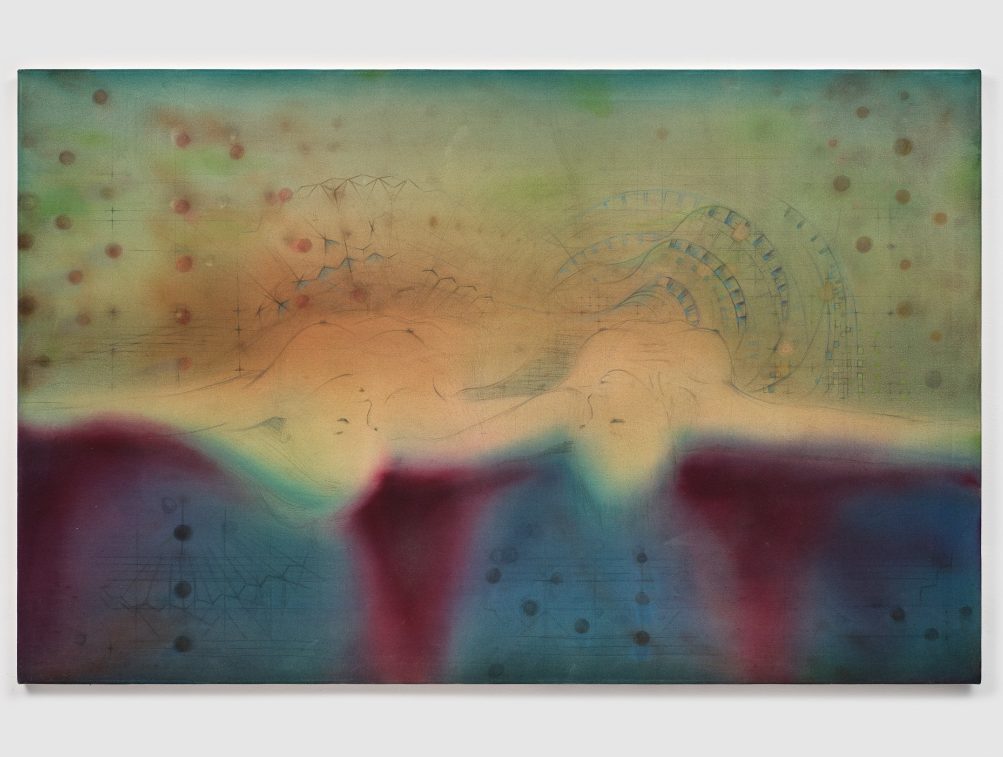431 E 6th St, NYC
WED-SAT 12-5pm & by appointment
The Trops takes pride in standing behind emerging artists, whom you may not have heard of- yet- but you should, and likely soon will. By naming this survey after the Beethoven compositions we are putting forth a bold claim that these voices are heroically breaking through as a force to be reckoned with on the world stage.
Featuring:
Ben Ruhe, Nick Farhi, Rene Saheb, Armando Nin, Rawnak Rahman, Vahakn Arslanian, Jerami Dean Goodwin, David Aaron Greenberg, Conrad de Kwiatkowski
Vahakn Arslanian (b. 1975, Antwerp, Belgium) Having relocated with his family to New York City as an infant, Vahakn Arslanian is fascinated and inspired by roaring jet engine planes, explosives, luminous light bulbs and flickering candlelight. He has been nearly deaf since birth, his only sense of noise is from that which is thundering to the ears, for him, a glimpse at the vibrational frequency of sound. Along with his fascination with planes comes birds. Where this biomimetic pair have in common, Arslansian mends the two, such as his rough paintings and drawings of plane wings with bird feathers. He takes much of his work and frames them in found objects such as vintage plane windows, often broken and cracked.

Vahakn Arslanian
Fat Bird
Oil on Canvas
27 ¾ in x 35 ½ in
2008
Armando Nin Born and raised in New York, Armando Nin is a painter, photographer, and mixed media artist. His photography work captures the gritty extremities of his surroundings in the City starting in the mid 2000s into present day, and he often uses unconventional materials in his paintings and prefabrications.

Armando Nin
Coreana Chain No.
Unframed Butane Scorched Marine-grade Vinyl
24in x 36in
2022
David Aaron Greenberg is an artist who uses multiple modes of expression.His work has been exhibited in various New York City galleries and is in the permanent collection at Stanford University.His critical writing has appeared in Parkett, The Fader, Art in America and Whitehot Magazine.Along with producer David Sisko, he co-founded Disco Pusher, a New York City songwriting and recording duo. Greenberg graduated from Rutgers University, Phi Beta Kappa. He lives in New Jersey and sometimes New York City.

David Aaron Greenberg
NP
40in x 30in
Oil on Canvas
2023
Rawnak Rahman Kantha Collection embodies her personal journey of navigating the delicate balance between upholding and challenging traditional Bangladeshi culture. She aims to disrupt and spark discussions around Bangladeshi traditions.

Rawnak Rahman
“বু” / “bu”
48” x 48”
Mixed media on wood
2023
Ben Ruhe translates interdimensional beings and textures into his distinct figurative language, integrating soulful whimsicality into his mixed media artworks,
Ben Ruhe
Untitled (captain)
Acrylic Polymer, Ink and Matte Acrylic Medium on Archival paper
14in x 11in
2023
Jerami Dean Goodwin moved to New York City in 2008. Also known as “STAINO”, his graffiti moniker, Jerami attained global notoriety for his outdoor works, recently painting murals in New York City, Los Angeles, Washington D.C. and Peekskill. Putting Out Fires is a series of paintings representing an exploration of new application processes, such as the use of a fire extinguisher.
Jerami Dean Goodwin
Untitled #1 (White)
Acrylic on canvas
48 x 60 inches
Rene Saheb was born in Tehran, Iran and frequently engages allegory to comment on the social and philosophical phenomenons of life. Saheb received her Bachelor of Art in Professional Design at Limkokwing University of Creative Technology.

Rene Saheb
The Fallen Birds 1
Discarded Ceramic Pieces, paint and Glaze
2023











